Friend.tech is the most discussed decentralized social application recently. In just two days after its launch, it raised a staggering $500,000 and set a record of over 4,000 ETH in daily trading volume and 260,000 on-chain transactions on August 11th, causing a frenzy. At its peak, Friend.tech ranked second in daily revenue, surpassing leaders in decentralized exchanges such as Lido and Uniswap, even surpassing Layer1 cryptocurrencies like Bitcoin.
However, shortly after, a steep decline quickly followed. According to DeFiLlama’s data, the daily revenue of the application has dropped by over 95%, and the number of active users has also significantly decreased. According to data announced by Friend.tech’s official Twitter on August 30th, the daily active users (DAU) have halved from 42k to 21k, and the hype quickly dissipated.
How does Friend.tech work, exactly? As a new SocialFi application built on Coinbase’s newly launched L2 network Base, Friend.tech requires users to bind their Twitter accounts to use it. Users can buy and sell “shares” of any user on Friend.tech through Ethereum on the Base chain. Investors in shares of KOLs (Key Opinion Leaders) gain the right to have direct conversations with them. It allows users to trade shares related to Twitter accounts and owning shares of a particular KOL grants access to their private chat rooms. Importantly, these “shares” are tradable, turning the entire process into an investment game with fluctuating prices.
The essence of Friend.tech is betting on the influence of KOLs, making it a tokenized project for KOLs. It is as if Friend.tech issues coins based on the personal intellectual property of KOLs, monetizing their value and attempting to quantify and trade social value. While it gained popularity and many crypto KOLs started profiting from it, some people have expressed concerns about its pricing model and data privacy.
After its launch, some views suggest that Friend.tech is a text version of Onlyfans and could even replace the Alpha community model represented by the LaserCat community, as buying group shares with ETH is somewhat similar to buying NFT LianGuaiss cards with ETH. Some analysis suggests that the demand for NFT Alpha communities is real, and Friend.tech’s development direction is not to attract dispersed users but to attract users with long-term relationships. Therefore, in this sense, Friend.tech’s ability to attract Discord community users may be of higher quality than acquiring customers directly from Twitter.
Friend.tech had a short-lived moment, bringing hope to the SocialFi track and Web3 social after a brief glory. To further understand the situation of the SocialFi track and Web3 social, this article will analyze it from the following three aspects:
-
What are the core features of Web3 social?
-
A list of important protocols and projects in Web3 social
-
Can Web3 social products replace traditional Web2 social applications?
Web3 Social:
Ownership and revenue return to individual users
In late July, the well-known cryptocurrency investment institution LianGuairadigm released its latest top ten focus areas in the cryptocurrency field, with “Native Cryptographic Social Applications” among them. It represents a new paradigm for social media in the Web3 era, combining social media and decentralized technology, and providing users with a unique Web3 social experience using blockchain.
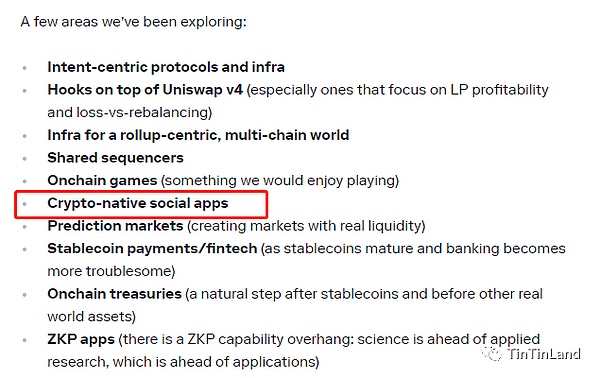
“Web3 Social” is a general term for Web3 protocols, products, and more related to social. They operate on public chains and have more obvious decentralized features in terms of data storage and operation management compared to Web2 social products. In the Web3 social scene, projects that combine the “X to earn” growth incentive model, such as SocialFi, mainly focus on the obvious social financial characteristics and token mechanism design, and applications like Friend.tech have emerged as short-term hotspots.
SocialFi, also known as Social+Finance, essentially tokenizes users’ social influence to form a self-consistent economic system, helping more people with different levels of social influence to obtain corresponding income, thereby breaking the monopoly of traditional social media giants on user-generated content and KOLs on ordinary users. This article will refer to “Web3 Social” as a term that includes concepts such as SocialFi and decentralized social in the Web3 social track.
Overall, Web3 social is a nascent track. Unlike traditional Web2 social products, Web3 social products have significant differences in “whether they are on-chain” and “the ownership of the economic benefits,” which also lead to differences in incentive mechanisms.
On-chain interaction and resistance to centralized censorship
In traditional social products, all social behaviors are conducted off-chain, and the relationship between social platforms is relatively closed and fixed. When a user posts a message on one social platform, it is difficult for users on other platforms to interact across platforms.
However, the way social interaction works in Web3 may undergo a fundamental transformation—users’ actions move from off-chain to on-chain, everything becomes open and transparent, and the differences between social platforms will no longer be barriers to interaction. When social relationships become public infrastructure, users can experience any new product with their accumulated social relationships without being bound by any specific product.
At the same time, privacy and resistance to censorship are also major advantages of Web3 social. Unlike traditional platforms, Web3 platforms do not centralize data storage, reducing the risk of single point failures and unauthorized access. The pseudonymity provided by blockchain technology allows users to protect their privacy while maintaining their online identities and adopts a decentralized censorship mechanism that allows community members to participate in content decision-making, minimizing the risk of centralized censorship.
Users have ownership of their accounts
In traditional social platforms, all user actions are based on a highly centralized platform. This means that all user interactions are controlled by the platform. Web3 social aims to regain control over users’ social resources and the establishment of ownership is a crucial way to achieve this.
On Web3 social platforms, users have ownership of content distribution, they can decide how to distribute content to users who follow them, and they are not locked into a specific platform. Users can freely choose the best platform in terms of services and algorithms, striving for their own interests and truly realizing the vision of controlling their own network in the Web3 era.
Diversified incentive measures
Profiting and incentivizing through social tokens is one of the main features of SocialFi.
SocialFi is similar to GameFi, combining application layer design with DeFi, and achieving diversified social media experiences by introducing the concept of social tokens and in-app utility tokens. In the ecosystem of SocialFi, social tokens primarily control the platform economy and allow creators to manage their own social and content interactions, while the influence of users determines the value of the tokens. However, these tokens are not controlled by the platform itself, and creators can decide how their tokens will be used by their followers. This changes the current situation in traditional social applications where platforms use users’ attention to display advertisements and earn money while users get nothing, and instead turns social data into assets.
Inventory of Web3 social protocols and applications
Up to now, there has not been a leading project in the Web3 social field that can be considered a successful breakthrough, but there are some excellent protocols and projects that have made effective explorations. Research institution Messari summarized the market panorama of the current Web3 social field, as shown in the figure below.
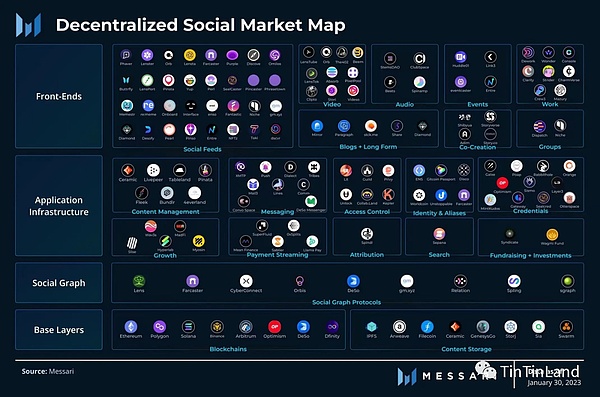
As more and more users flee from traditional Web2 social media platforms like Reddit and Twitter, the market for Web3 social protocols and applications will continue to grow. Below, we will introduce common types of protocols and important applications in the Web3 social field:
Decentralized social protocols
Decentralized Social Protocols are a type of protocol that allows developers to freely build social platforms and services. They have higher resistance to censorship and privacy, providing infrastructure for developers to quickly establish highly autonomous social projects, and they have stronger data security and reliability.
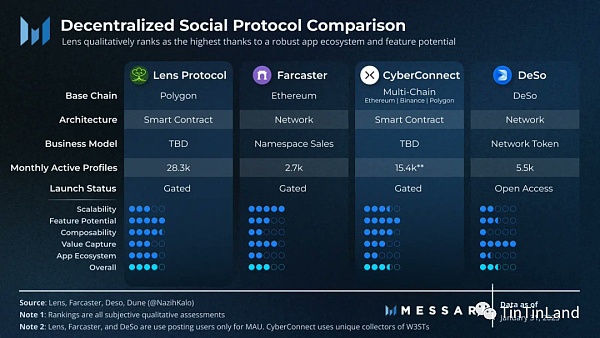
-
Lens Protocol
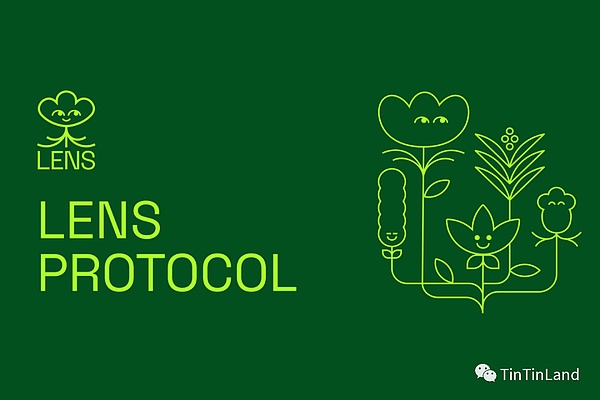
Lens Protocol is currently a leading protocol in the Web3 social track. Lens Protocol is a composable decentralized social graph based on Polygon that was released by Aave last year. It is also one of the most well-known social protocols in the crypto-native space. Lens aims to enable creators to have their own connections with the community and form a fully composable community network owned by the users themselves.
What sets it apart is that all actions generated by users on Lens Protocol are stored on-chain in the form of NFTs, allowing users to own all the content they create. The protocol was designed with modularity in mind from the beginning, allowing for the addition of new features and fixes while ensuring the immutability of user-owned content and social relationships.
In the Lens ecosystem, Lenster is one of the important benchmark social applications. Lenster is a decentralized social media application built on the Lens protocol and is one of the 12 winning projects of the Lens hackathon LFGrow.
The NFTs in the user’s wallet used to log in to Lenster and resolved ENS domain names can be displayed in personal profiles. Other features are similar to Twitter. On Lenster, users can choose the accessibility of their posts (followers, followed by, friends of friends, or everyone) and can also choose whether their posts can be collected by other users. They can also set a fee for collecting their posts. Lenster has also launched content distribution functionality, where if a user pays to collect a post through your repost, you will also receive a share, with the default value currently set at 15%.
-
Farcaster

Farcaster is also a protocol for decentralized applications, allowing users to freely migrate their social identities between applications, and developers to freely build applications with new features on the network. On Farcaster, users can send short text message broadcasts and connect with Ethereum addresses.
On Farcaster, anyone can build client applications to broadcast messages. The Farcaster protocol consists of two important parts: the on-chain registry for users to claim unique usernames, and the off-chain host for storing social data.
-
CyberConnect
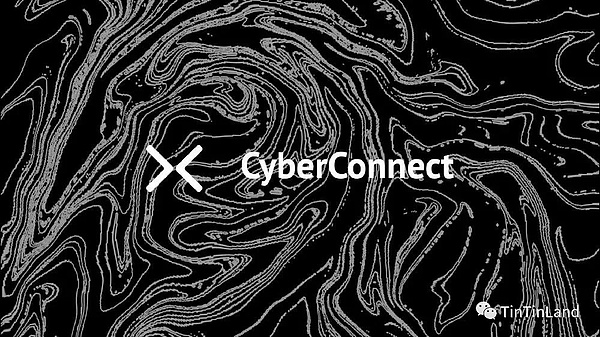
CyberConnect is a decentralized social graph protocol based on blockchain technology. By building a unified social graph, users can migrate their identity information, social relationships, and more to different networks and platforms, while retaining full ownership of their personal data, creating significant value for users.
The CyberConnect protocol consists of 3 core components:
Cyber Profile – As a decentralized identity standard, Cyber Profile stores all of the user’s activity data in Web3. All on-chain credentials and assets can be mapped to the user’s Cyber Profile, creating a unified identity;
CyberConnect Social Graph—connecting users’ identities, personal data, content, and social relationships together to build a unified social network. This allows users’ social relationships to cross platforms and achieve seamless interoperability and transfer;
Cyber Wallet—as a smart contract wallet for the protocol, CyberWallet can securely store users’ assets. This provides users with a trusted way to store and manage digital assets. With these features, CyberConnect provides users with a more open and free social networking experience.
In terms of the economic model, CyberConnect has completed the public sale of its protocol token, which can be used to pay for CyberProfile minting fees, gas, and governance.
-
Nostr
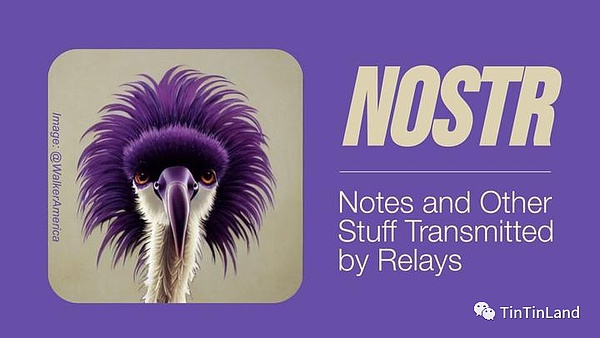
Nostr (Notes and Other Stuff Transmitted by Relays) is a concise and open-source decentralized social network protocol launched in 2020, which is essentially an information transmission protocol for decentralized social scenarios. Damus, Amethyst, and snort.social are third-party applications developed based on this protocol. Based on the design of the client and relay terminal, Nostr has a high degree of interoperability, is relatively lightweight, simple but scalable, providing possibilities for large-scale applications.
In the Nostr protocol architecture, everyone can run a client program. When they want to publish information, they sign the text with their private key and send it to multiple relays; when they want to obtain information, they query various relays. The client then verifies the authenticity of the obtained information using its public key.
-
DeSo

DeSo is an open-source Layer1 blockchain protocol designed to scale social DApps. DeSo allows users to create social profiles and social tokens. These tokens can earn profits from NFTs minted by creators. Profits are generated by interactions between each user and the NFTs minted by creators.
The famous social DApp Bitclout uses this protocol. Bitclout is a social platform controlled by its users. In addition, the social DApp Diamond also uses this protocol, allowing interaction between fans and creators to build a community.
Web3 Social Applications
-
DeBank
In the DeFi field, DeBank has become a commonly used wallet tracking platform for investors. They added two important social features last year: DeBank Hi and DeBank Stream. DeBank has the advantage of “wallet binding” for social applications, which allows better tracking of real users.
DeBank Stream is a social application similar to Twitter, rewarding users for creating value (based on time and attention). Users can receive rewards in the form of money for their content, and the value of the reward is based on the exposure of the user’s content and the promotion gained during the dissemination process in the Stream, such as the number of followers, clicks, comments, and retweets from other users, as well as the value of these users’ assets. DeBank Hi is a communication DApp that allows paid consultations or chats.
-
Bluesky
Bluesky is a decentralized social application created by Twitter co-founder Jack Dorsey. It was originally incubated by Twitter in 2019. Bluesky has a user interface and algorithm selection similar to Twitter, but unlike Twitter, Bluesky stores user data on independent servers rather than on servers owned by a company, giving users more autonomy in their interactions on the platform. Bluesky is currently still in beta testing and is invite-only.
-
Mask Network
Mask Network is a product that helps users transition seamlessly from Web2 to Web3. It allows users to seamlessly send encrypted messages, cryptocurrencies, and even decentralized applications (such as DeFi, NFT, and DAO) on Twitter. Mask Network is currently available as a smartphone application and as a browser extension. Its earliest and possibly most important feature is private messaging, which allows users to encrypt and decrypt content on social media using public key cryptography.
-
Stealcam
Stealcam can be said to be a popular Web3 social product before Friend.tech. It is an Arbitrum ecosystem image sharing application where users can upload images or video files to the platform. However, the images posted on the platform are not freely accessible and require payment to gain access to view the specific content of the images. At the same time, Stealcam introduces a bidding incentive model that incorporates all participants in the profit-sharing model of a work, which promotes price discovery for the work.
Web3 Social Products
Can they replace traditional Web2 social applications?
In his speech at this year’s EthGlobal Waterloo 2023 conference, Vitalik expressed his concerns about the current development of Web3 social platforms. He believes that existing Web3 social dApps may not be enough to replace their Web2 counterparts. However, he still encourages developers to leverage the unique features of Web3 to iterate new social dApps and build social applications that are 10 times better than similar Web2 products.
Currently, with the backdrop of data leaks, privacy scandals, and algorithmic biases on Web2 social platforms, Web3 social platforms are gradually gaining attention from the public. Their characteristics of decentralization, censorship resistance, user-centricity, empowerment of digital assets, and identity interoperability are highly favored by users and capital.
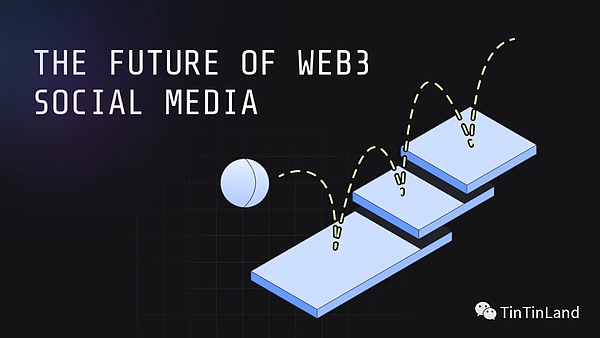
The future vision of Web3 social is undoubtedly promising, but there are still many practical issues at present. Due to the high cost of social migration and the strong advantage of centralized social platforms, there are almost no successful projects in the encrypted social space. On the other hand, looking at current popular projects like Friend.tech, it can be seen that their influence from airdrops, incentives, and financing has a much greater impact than their attributes as social applications themselves.
At the same time, the maturity of Web3 social products is far from sufficient. Even the leading players in the field, such as Lens, have a rather stiff and inconvenient user experience in their products. Compared to applications like Twitter, Facebook, Telegram, TikTok, and WeChat, which have a massive user base, achieving large-scale user migration through disruption and innovation remains a daunting and arduous task.
For users, the social value between individuals and the value of creation and creativity may be more important than the economic benefits brought by social behavior. Like any innovation in Web3 applications, the future of Web3 social relies on its ability to adapt, develop, and continuously provide social value to users.
Web3 social products can only attract users to abandon their existing habits and social circles and give them a try if they are more innovative than Web2 products. However, the current driving force behind Web3 social applications is merely focused on benefiting from airdrops and rewards, with little emphasis on product development. It is only through technological iterations and a shift in market concepts that killer applications may emerge, bringing about new opportunities for explosive growth in the Web3 social field.
Like what you're reading? Subscribe to our top stories.
We will continue to update Gambling Chain; if you have any questions or suggestions, please contact us!